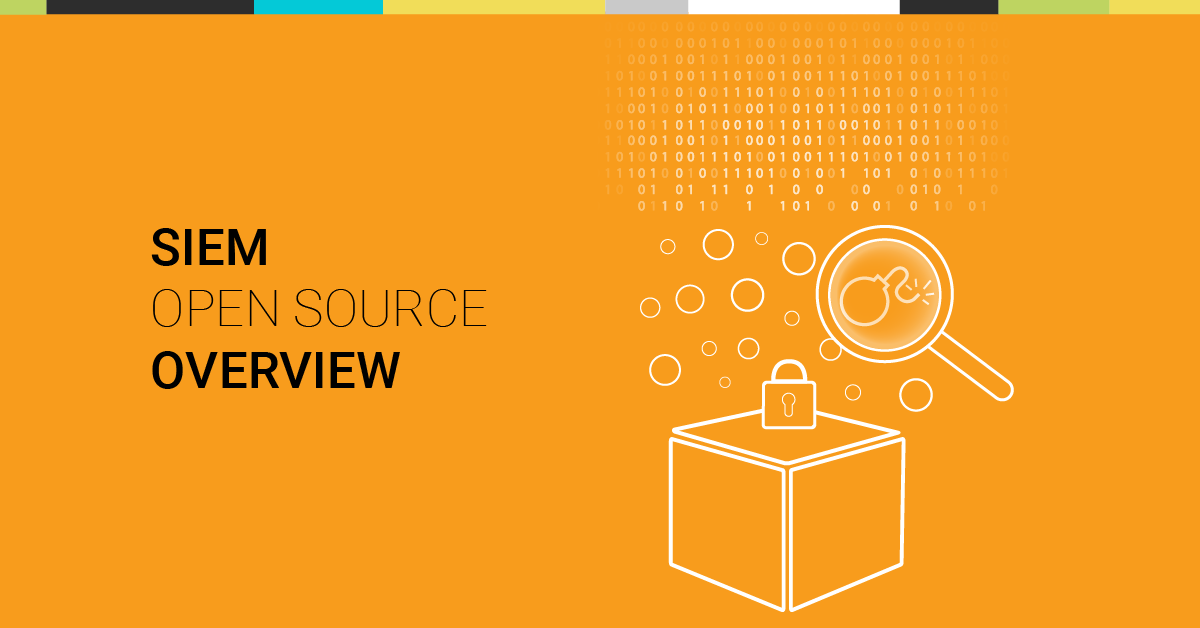Enterprises today face an alarming array of cybersecurity threats. From DDoS attacks and malware to phishing and SQL injections, businesses must contend with the daily risks of cybercrime—risks that are evolving as bad actors become better organized and more sophisticated.
While no organization can guarantee that it won’t be the victim of some kind of malicious online activity, it’s still incumbent upon key stakeholders to do everything possible to protect their networks, systems, and data from attacks and breaches. With cybercrime costing the worldwide economy $600 billion every year—about one percent of global GDP—the pressure is on to find the best solutions to help ward off the worst digital threats.
As with every technological solution, the best option for your clients will inevitably depend on a confluence of factors unique to their business. For instance, if the organization operates in fields vital to national security, such as oil and natural gas production or defense technologies, you’ll need to provide a cybersecurity architecture well-suited to historic digital threats—from hostile foreign governments to organized cybercrime rings—that target those sectors.
Accordingly, the business will need assistance with both crisis management and long-term data security. In broad strokes, this means cybersecurity solutions that simultaneously warn you of current attacks on the system and comb through data to monitor for ongoing, less noticeable irregularities will be well-suited to support your clients.
For many organizations, SIEM tools accomplish just that. If you’re preparing to introduce new cybersecurity software and looking for a solution that can be as flexible as possible to fit the evolving needs of any business, consider how SIEM platforms could support your cybersecurity strategy.
What is a SIEM tool?
Security information and event management, or SIEM, has become a key strategy in broader cybersecurity efforts. In it, two kinds of security tools are combined. On one hand, security event management (SEM) software alerts your team when your systems are currently under attack or likely to face one soon. On the other, security information management (SIM) programs trawl through information produced by your digital environment to identify issues that may point to hard-to-detect malicious activity.
In order to manage this twinned set of responsibilities, SIEM tools typically include three main functionalities. First, data collection gathers the information generated throughout your network so that SIEM platforms have it available for further observation. Second, data storage takes that information and protects it, simultaneously guarding it against outside interference and preserving it in case you need it. Lastly, data analysis takes the information that’s been collected and stored and runs it through sophisticated tools designed to identify and raise any potential issues.
Taken together, these functions provide IT professionals with considerable insight into the goings on of the network and systems and aid the protection of proprietary data. By including a central dashboard designed to provide users with clear-cut status updates into system security, SIEM tools make it possible for IT operations to exert full control over their cybersecurity.
The drawbacks of open source SIEM tools
SIEM tools are available in both commercial and open source options. In some cases, businesses may select a more budget-friendly open source SIEM solution, but this can actually pose a security risk. Meanwhile, commercial options tend to be more user-friendly, with an array of capabilities and ongoing customer support.
Some businesses will want to explore SIEM open source tools like OSSIM, which may offer cost savings over commercial tools. Without the support built into a commercial variant, however, it’s up to you and your team to ensure you install the platform properly and troubleshoot any errors that arise out of the initial installation process. Open source tools tend to be much more hands-on, which can allow for customization but also requires a specific skill set to ensure you’re making the most of open source features. Since open source tools lack the level of support that comes with paid options, it’s imperative that managed services providers (MSPs) provide the hands-on attention needed to effectively protect the business. No open source SIEM platform can currently offer the full range of capabilities, and businesses may need to combine two or more platforms for full protection.
It’s also worth noting that open source SIEM software can actually be more vulnerable to security risks. These products have short release cycles, and it’s the user’s responsibility to stay on top of the latest patches and updates. Although open source programs have many users who could theoretically catch flaws, these individuals aren’t necessarily security experts and many bugs slip by unnoticed. Open source frameworks may even have vulnerabilities built in, especially if the program incorporates third-party tools. Overall, businesses must be careful when implementing open source software—which may defeat the purpose of choosing a SIEM tool to begin with.



